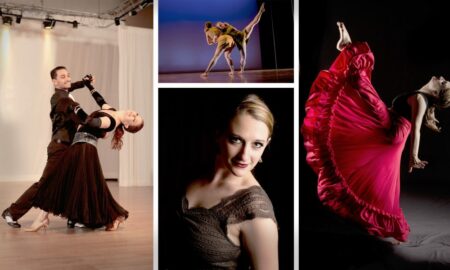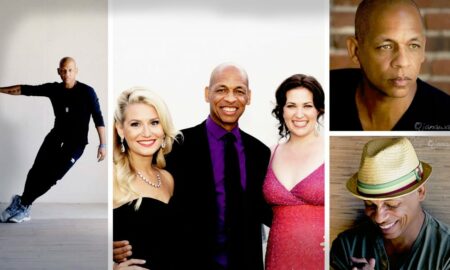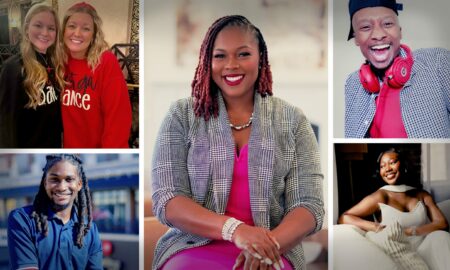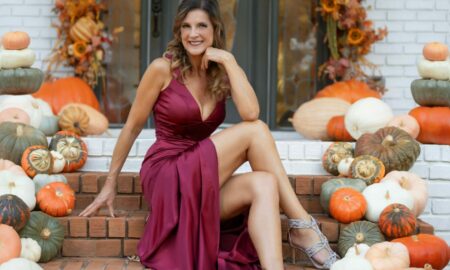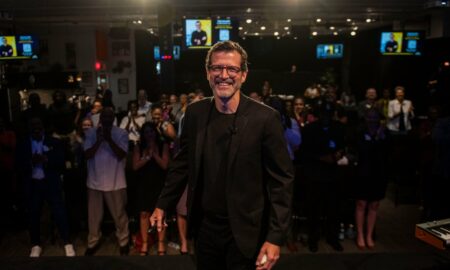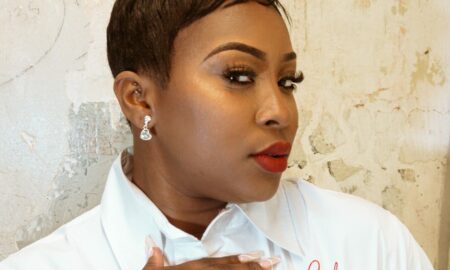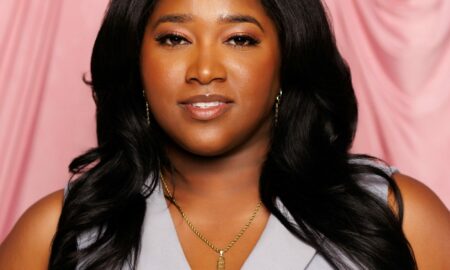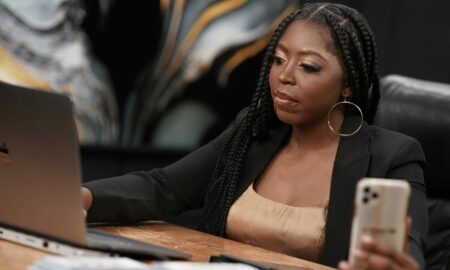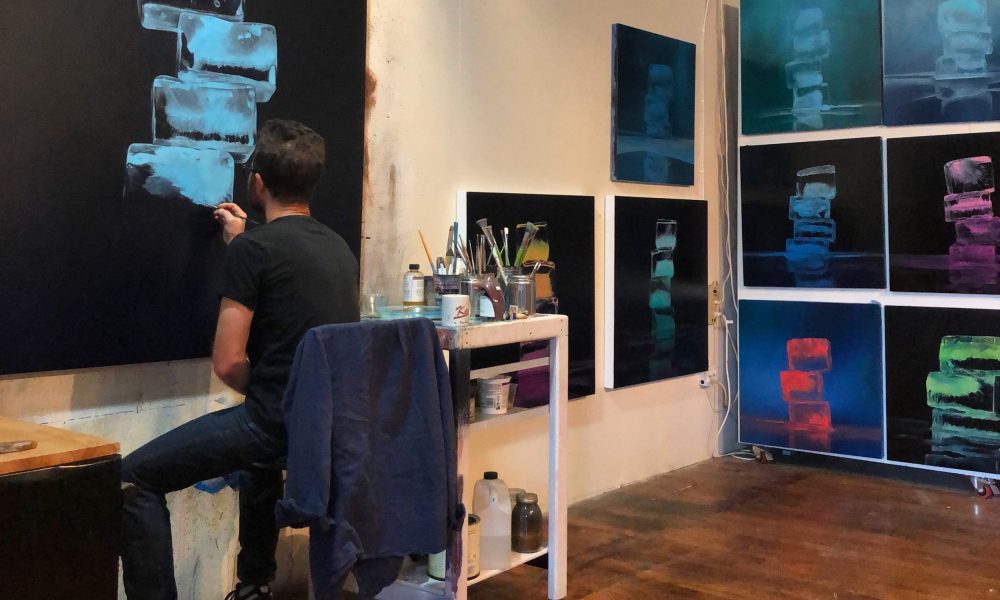

Today we’d like to introduce you to Kevin Palme.
Every artist has a unique story. Can you briefly walk us through yours?
I have always spent a lot of time drawing. My grandmother watched me while my parents worked, and there was only so long that she could take me for walks and play Wiffle ball. She would sit me down with a pad of paper and some crayons or colored pencils, and I would draw for hours. I would invent characters, draw comic strips from the newspaper, and mimic Bob Ross on PBS. I think that’s where my love for art really began. And it was something that was always encouraged. My other grandmother was an artist, and my parents thought that it was something worth pursuing, so I always had access to art materials; in that sense, I was really fortunate. Like a lot of us, my childhood had some real moments of chaos. I am the oldest of five sons, so there was always a lot going on and making art was a way to find a little quiet and order.
I spent my entire childhood in NJ, went to college in NC, moved to the Pacific Northwest, the deep south, and settled in Asheville, NC. It’s been great to live in such different and vibrant places. Each has its own unique beauty that has informed my work and my sense of self relative to my immediate environment. It’s pretty important, too, to mention that I’m married with three daughters and that my wife and girls are very supportive of my work and also willing to dish out critique whenever it’s necessary.
Please tell us about your art.
The idea of beauty, its subjectivity, and our changing conceptions of it has always been really important to my work. For several years, I painted minimal abstraction that I related to memory, different environments, and understanding place. My goal was always to focus on something specific about a place and magnify that thing so that it became the entire field on any given surface. I painted in layers over layers of transparent paint to create complex colors that offered a sense of depth and space. They were quiet and meditative pieces that I really enjoyed making.
A few years ago, my work shifted pretty dramatically. My youngest brother died very unexpectedly, and it felt necessary to find a way to respond to that through painting. After discussing the direction of my work with my wife, I decided to start painting ice cubes. Ice can be quite beautiful, and it represented something very impermanent and transient while providing me with a good opportunity to challenge myself formally in terms of light and dark, transparency and opacity, and modeling patterns. The paintings are metaphors for life, really; we come into existence and eventually disperse and change forms. And they’re about appreciation. The subject matter is actually kind of mundane and ordinary, but the act of painting it, hopefully, elevates it through spending that time studying it and getting to know the subtleties and nuances of each cube.
Regardless of what I am painting, at its core, visual art is a means of communication. My hope is that the work engages viewers and offers an opportunity to pause and contemplate the imagery. In the end, though, I don’t want to tell viewers what to think about the work or what it should mean to them. We all have important pasts and stories, and I hope that viewers can interact with my paintings in a way that might be helpful and create personally meaningful dialogue and narratives.
As an artist, how do you define success and what quality or characteristic do you feel is essential to success as an artist?
There are so many ways to define success, but for me, the most successful works are those that have the ability to connect to viewers through compassion. That may seem vague, but it’s my goal to make a painting that offers an opportunity for a viewer to feel some sense of common ground. In that sense, I feel most successful in my work when someone takes the time to reach out to discuss their ideas and interpretations of my work.
With regard to what qualities and characteristics are most important to success as an artist, it’s got to be discipline and integrity. There have been so many times in my career when I feel like I have forgotten how to paint and when painting is a real struggle; it’s critical to have the discipline to stick with it and keep working through those times. And good artwork can only come from integrity. The work has to be honest and come from a place of seeking and communication. With discipline and integrity as central parts of the process of making, it’s at least a start in the right direction.
How or where can people see your work? How can people support your work?
If you’re in Asheville, which is an amazing place to visit, my studio is always open to visitors. Feel free get in touch and stop by.
I have been fortunate to work with some really great galleries in Atlanta, Nashville, Charleston, Santa Fe, Boston, and Palm Beach Gardens. Since this is an Atlanta-based story and publication, I’ll mention Kai Lin Art specifically. It’s a cool spot in West Midtown, and they’re fantastic.
Contact Info:
- Address: Studio location:
The Mill at Riverside
2002 Riverside Drive, Unit 42-L
Asheville, NC 28804 - Website: www.kevinpalme.com
- Phone: (828) 279-8140
- Email: kevin@kevinpalme.com
- Instagram: @kevinpalme







Image Credit:
Lauren Fleming
Steve Mann
Getting in touch: VoyageATL is built on recommendations from the community; it’s how we uncover hidden gems, so if you know someone who deserves recognition, please let us know here.


